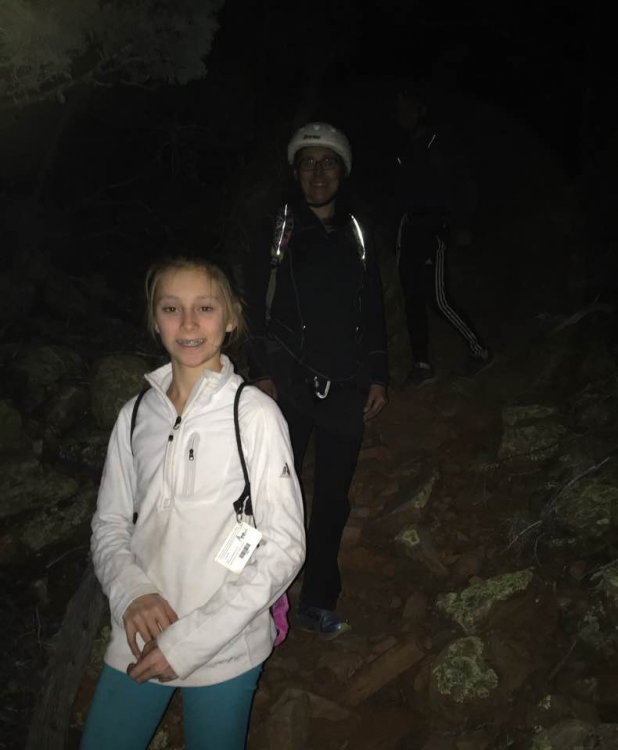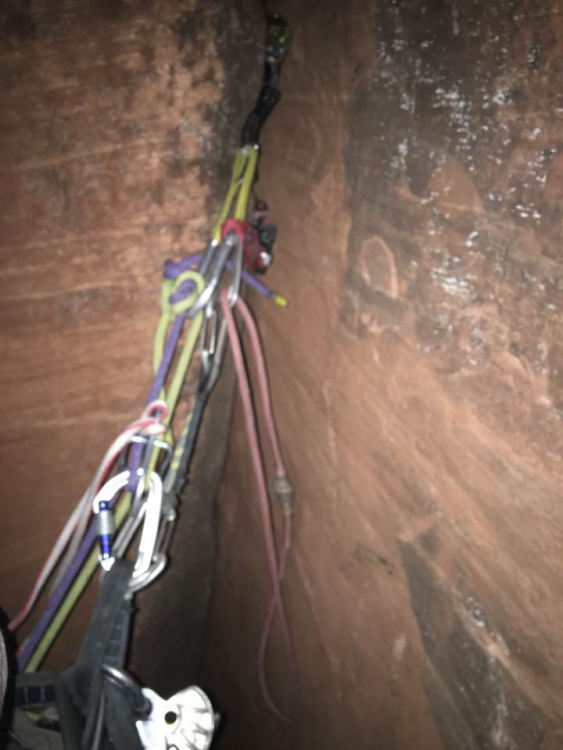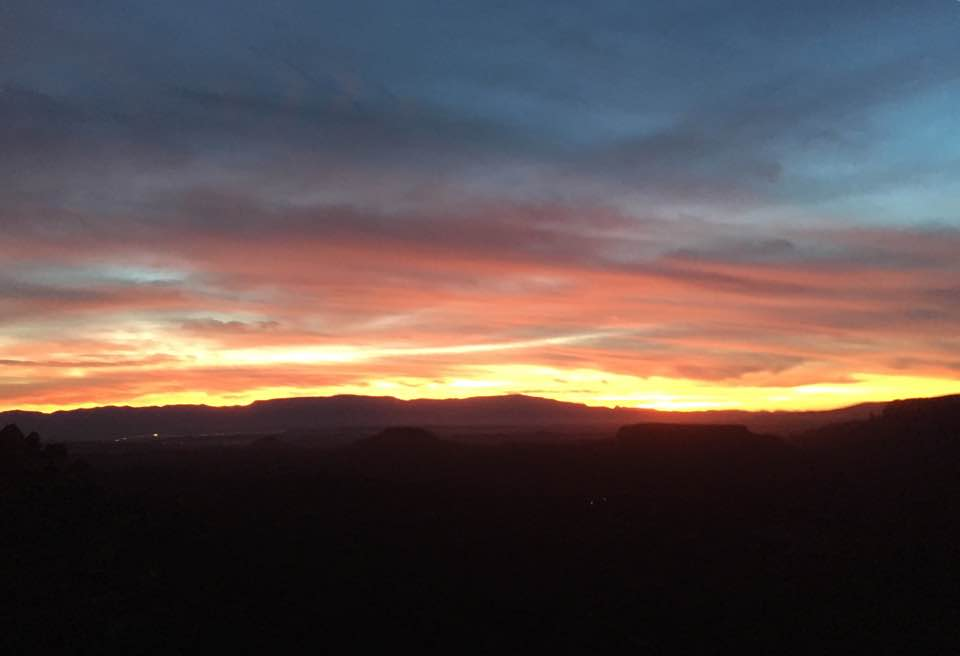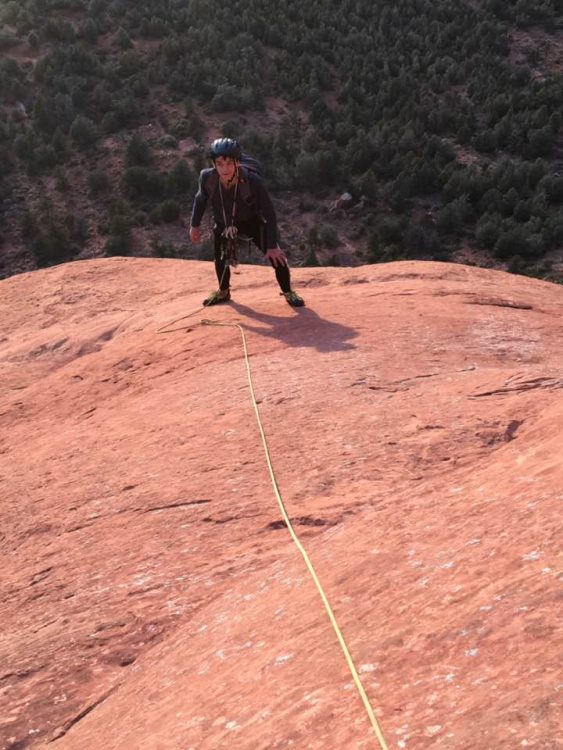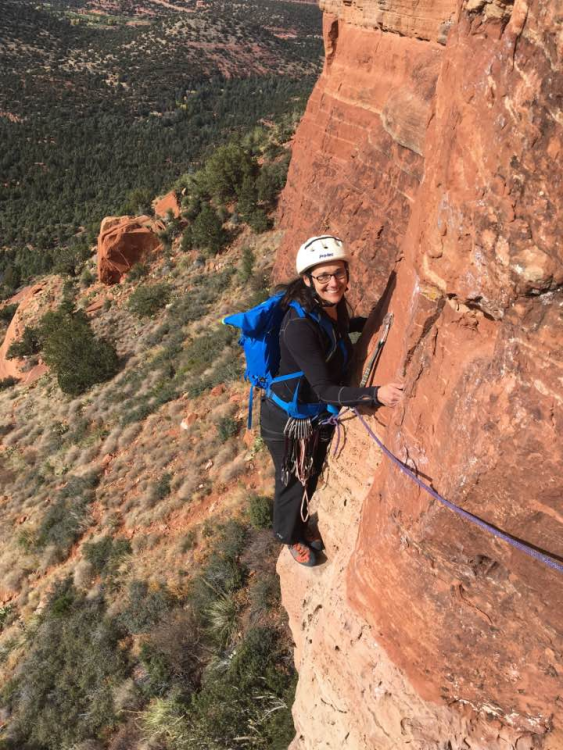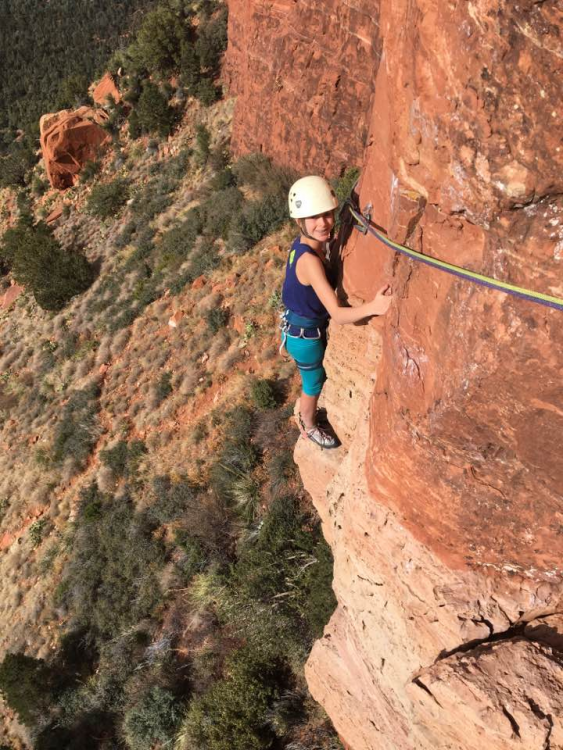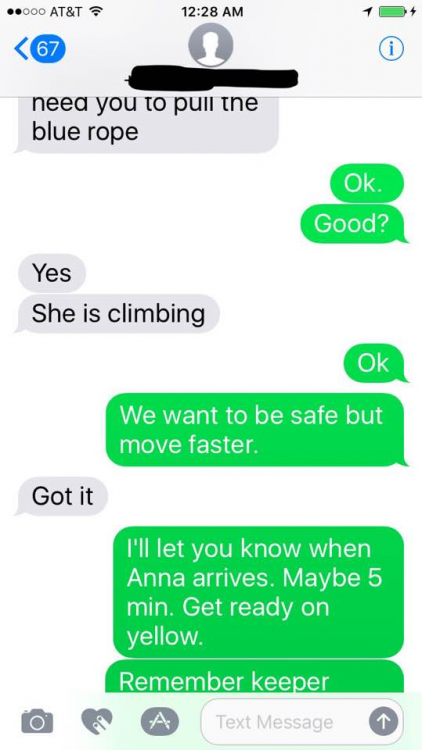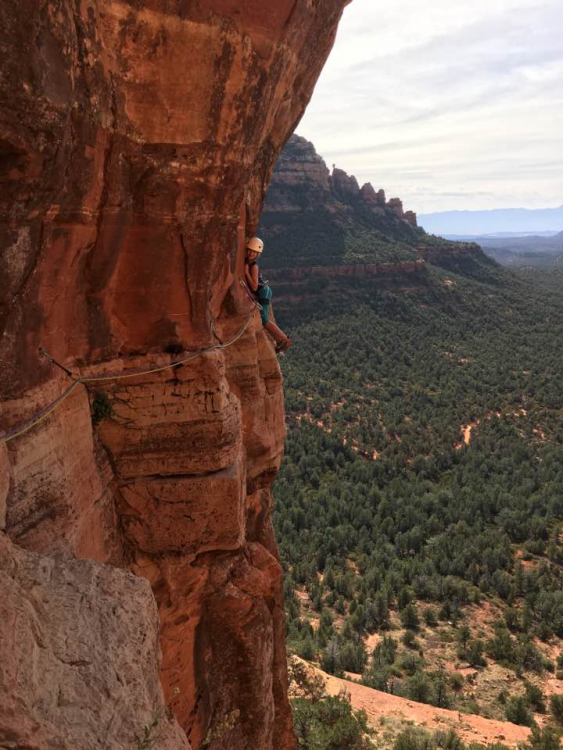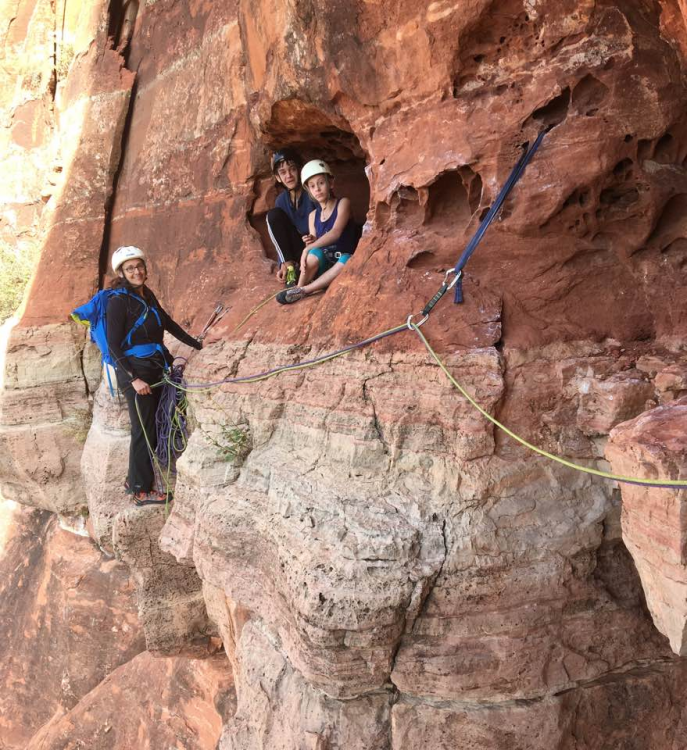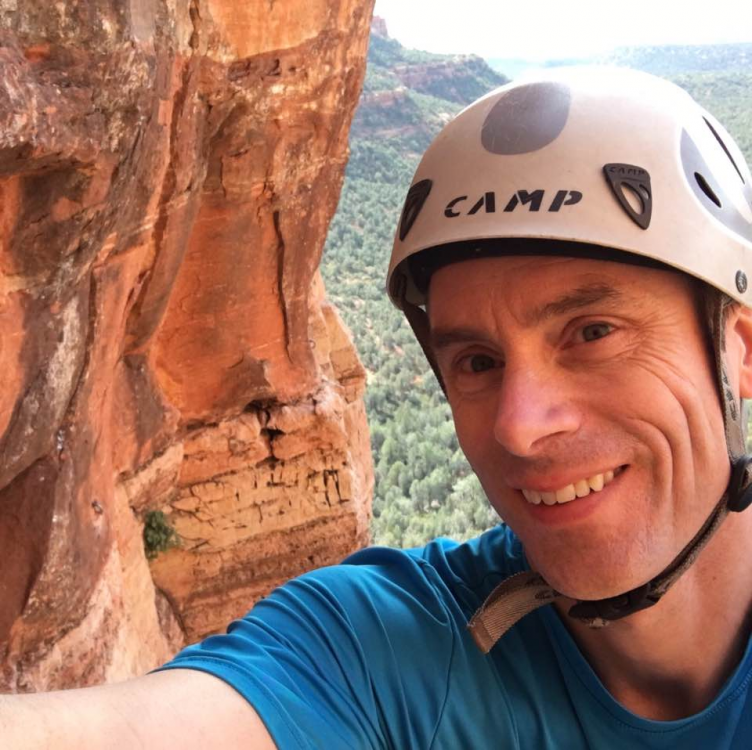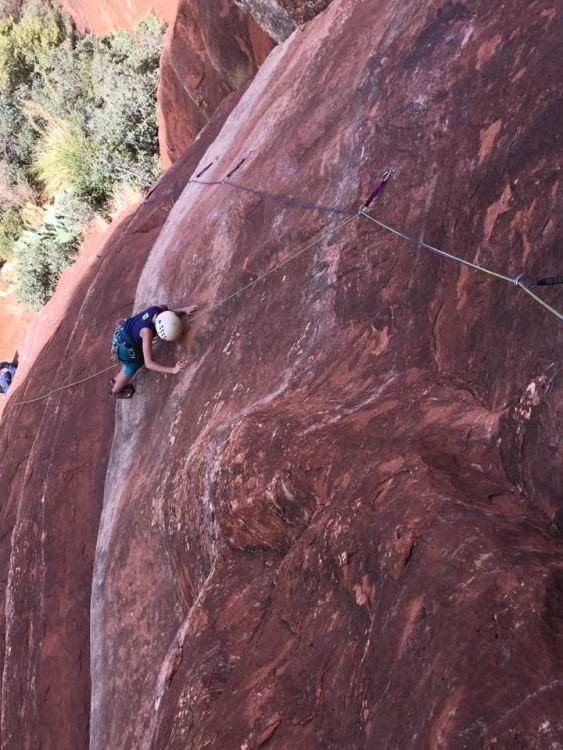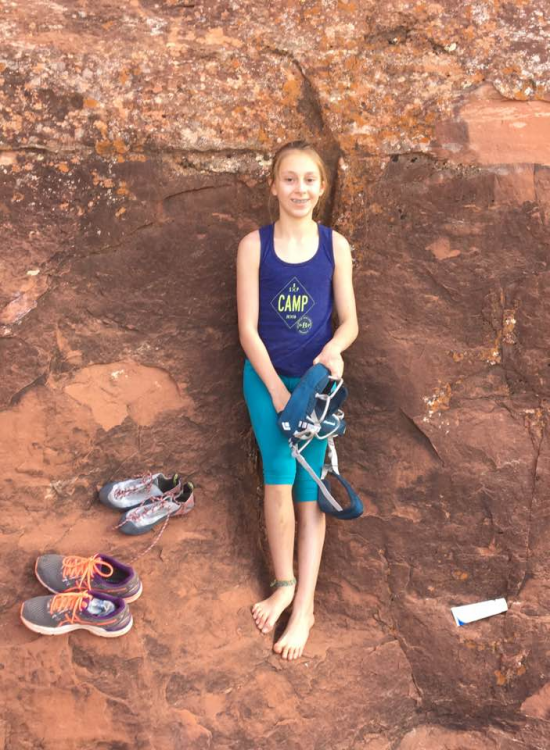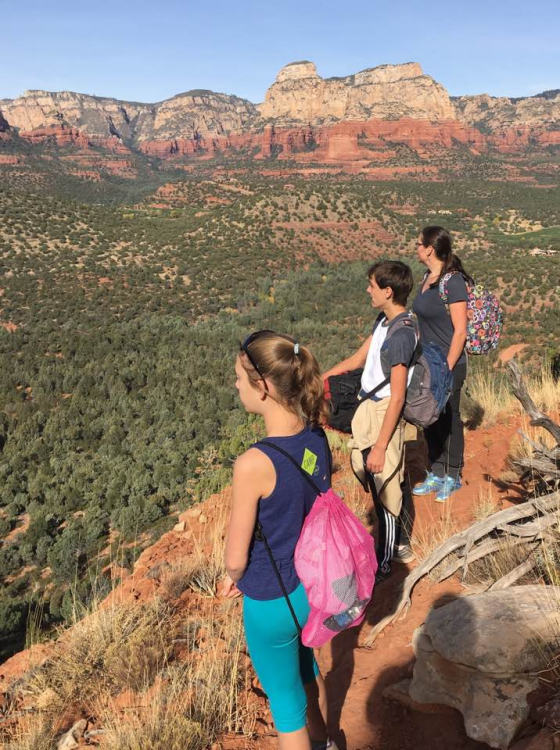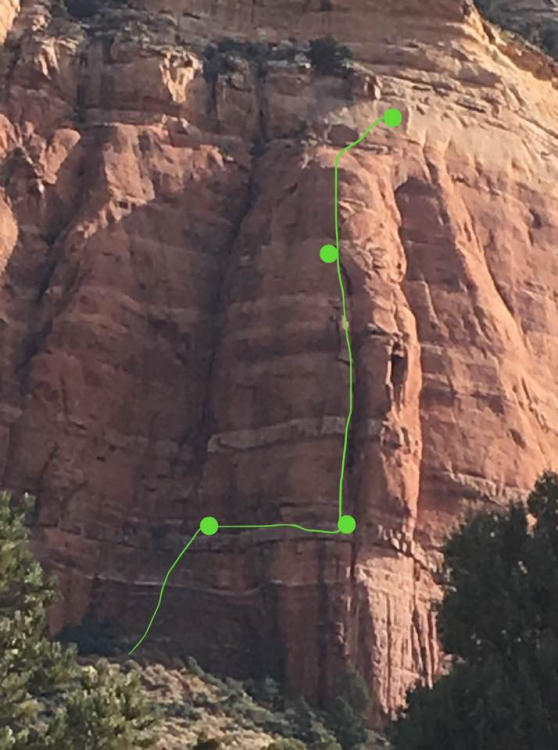Leaderboard
Popular Content
Showing content with the highest reputation on 03/15/18 in all areas
-
Oly, the new tool looks and works great! This is exactly what I've been looking forward to. I know I've been one of the people pestering you about this site, so thank you so much for all of the hard work you put into it!2 points
-
do you need help geolocating trip reports? If there's a list and there is some way to associate it with a spot on a map.. I would volunteer to help with that, 9000 is a big number but it can be done..2 points
-
In an ideal world this would have been posted on the sites anniversary, Oct. 2, which would have been 17 years in existence. Also ideally this would have been posted three plus years prior when I first started working on the migration. We actually started talking about it much further back. Something I’ve learned is things don’t always work out like you planned, you just have to keep moving forward and learn from you past mistakes. I’d like to thank those who are still around, some of you who have been here from the beginning. I’m sorry to those of you who have given so much to this site in the form of great discussion and trip reports, to the moderators that dealt with so much of the not so great moments, and that I let you down in not keeping this place working better and in a more modern state. We'll make it up to you. Porter, thanks for helping keeping the stoke alive with me and being such an amazing friend. Trip Report Tool v1 I’ve got the new trip report search working. In some ways is a few steps back from the old search in that you can’t facet by month or forum. It’s a step forward in that it works and works well on mobile. http://cascadeclimbers.com/forum/tripreport This only works if you are logged in at the moment. This wasn’t by design just what happened as I added this on the work of the developer I hired who did the TR submission work. We’ll get that sorted out. What we have on deck will be polishing up some of the trip reports and probably adding better geographical data for being able to search trips on a map. We certainly view trip reports on this site as our crown jewel, we are just shy of 9000, and we’d like to make sure they are easy to find and easy to add. I think we’ve nailed the later with the forum upgrade and I’m confident we can come up with better search. The Future Like I said we have now been in existence for 17 years. Not many things on the internet can claim that. But the upgrade of the forum and the work we are doing now is the beginning and not the end. I was 24 when I started this site and really didn’t know a whole lot. I was trained as a biologist and had no experience or really knowledge of web communities. My (still) good friend Timmy and I just decided to create something. I’ll never forget an email I sent to a pretty notable local climber when we first started. I actually don’t remember what I asked him, but I remember his response “Good luck getting traffic, that will be hard”. He seemed pretty pessimistic, but he couldn’t have been more wrong. Getting the traffic ended up being easy, managing it was the hard part. There were certainly some real wild west early days with cc.com and it was difficult to know how to handle them, especially our spare time for what was a hobby. We’ve made mistakes. We can acknowledge that. And we have learned from them. There are people and behaviors that will no longer be welcome here. What is sad is many of those people just took their dump and left. I realize we have a bad rep with many people and that’s unfortunate. I also think it is what you make it, and maybe it’s time to give it second chance and be part of the solution. We’ve solicited a lot of feedback, we’ve read feedback posted on Facebook. We’ve taken a lot of it to heart. I understand Facebook is easier to use, they are a multi-billion dollar company with scientists who’s sole purpose is to get you hooked. I get that Mountain Project is a nice tool, I have nothing negative to say about them, but again they are owned by REI now and have huge coffers of money. It was also incredible to read how people met their climbing partners here, or even their partners in life. Yes there has been some bullshit, but there has also been a lot of good. Cascadeclimbers is a unique and local product: an opportunity to interact online as a community rather than as the product. We are not here harvesting you and your information. This is still a hobby for us. We turn down offers every year to sell this site as we know it’s not in it’s best interest, we know what will happen if a corporation take it over. We have turned down advertisers because we have stayed true to our commitment to supporting retailers. We run the site, we own the site, but the content belongs to the community. We will be better stewards of this place and we hope people will give it a second chance. To those sitting on the sidelines, sometimes reading, but not participating. I get that you don’t want deal with the spray, and I assure you things will be different forward. But I also challenge you because the only way to make something better is to make those positive contributions. If everyone just steps away because they don’t like certain things then all you are left with is what people don’t like. This is a community driven site and only works with contributions from the community. We will be better listeners and stewards; please be better contributors. Why we allow anonymity. This is actually pretty simple; we have no way to prove someone’s identity. Facebook doesn’t either. We also made this decision pretty early on because we felt this would make it a safer place for women to contribute, without a bunch of guys stalking them. Again keep in mind these decisions were made 17 years ago, but I still think it’s a valid point. We recently added JasonG to the moderator staff. You probably already know Jason from his Trip Reports and amazing photography. We are always on the lookout for trusted and committed people to help the site grow, so let us know if you are interested. We may have more roles in the future that need filling. And of course a huge thanks to all the existing moderators that have stuck with us through thick and thin. Our current path forward is pretty simple: We expect people to leave things better than you found it. If you can do that simple things you can be a part of this. If you can’t you will not be welcome here. We want the site to grow, in people, in posts, in trip reports, and new personal connections. Thanks for reading. Onward.1 point
-
Hey guys, thanks for the good discussion. I've posted on and off here for a few years though I wouldn't call myself a regular the way some people are. I avoided reading this thread until after I knew the outcome of Marc and Ryan... burying my head in the sand I fully admit. I recently had an accident myself; I was returning to the car at Smith Rock and in my haste I chose to solo/scramble a short chimney through the basalt rimrock. Long story short I did not notice that it had one or more detached blocks at the top which caught my pack and then came down on top of me. I took a 30+ footer and managed to self-arrest on a small ledge. Luckily I had friends in the vicinity who were able to get to me quickly and keep me stable while we waited for 3.5 hrs for SAR to extract me. I'm super lucky to be alive and with intact head/spine. My knees took most of it and I will be several months repairing and rehabbing the various broken bones and torn ligaments but should be fully functional again. While I will never be close to what MA Leclerc did, I have engaged in my fair share of solo outings and dicey alpine shenanigans. I'm sure some of you have read my TRs on here about a few of those. For a long time I justified this bullshit by thinking that the variables in the mountains are rational and predictable things that I could assess logically and therefore avoid danger. I used to quip that driving my car to a climbing location was more dangerous than anything I did climbing. The loss of Marc and Ryan on top of my recent accident has really made me reassess what I can (and what I'm willing to) get away with. I realize that while mountain variables are predictable to a degree they are not always predictable. Also, as much as I would like to consider myself rational and focused, I am a fallible human and if I put myself in these positions enough I will screw up. One of my climbing partners and I discussed risk a lot over this years ice trip to MT/WY and he gave me this article which while focused on avalanche avoidance is also applicable to most of the hazards we face while alpine climbing: http://arc.lib.montana.edu/snow-science/objects/issw-2012-501-505.pdf With that article we've discussed a lot about how low probability but high risk outcomes are still bad, and asked how often do you have to take that risk before you actually have a high risk of that bad outcome happening one time and really screwing you. There is also some research to suggest that when we put ourselves in a risky situation and get away unscathed that can incorrectly reinforce the idea that such a risk is actually safe. This lets people get too comfortable and drop their guard as well as allowing them to make similar risks in the future without really understanding the probability of f#$%ing up. I would say my accident was in this last category. Anyway, this all got me thinking that maybe it would be good to try get some actual numbers. It would be good for people to be able to say, well I got away with this 3 times, but statistically if I do it ten times I'll die on one of those occasions so I probably should stop doing that. Or, I know someone who f%^ked up and got hurt doing that once, but statistically that's a 1 in 100,000 accident and so I should be cautious but can do that carefully on several climbs in my life and feel good about my risk tolerance. I have started making a Google Form survey that I'm thinking of sharing here and on other forums and want to know... What QUESTIONS should I include? Thanks, Sam1 point
-
In an era of carefully crafted images Mark was entirely refreshing in his no-apologies attitude as just another dork from the PNW who loved climbing. Though his vision and abilities surpassed mine by many, many magnitudes, he always felt like one of us and I am sad for his passing. That said the only surprise here is that he died while climbing with a partner. However strong his technical skills may have been, it was readily apparent that caution was thrown far, far to the wind a long time ago. There's only so much loose rubble and thin ice you can speed solo, only so many bad anchors you can belay and rappel off of, before something gives. To wit in the obituaries I've read there are descriptions of collapsing ledges while he onsite-solos 5.11 rockies limestone and rappelling and jumaring off a single nut on Mt Chephren. There's no way that sort of attitude was going to end well. Yet the climbing community as a whole considers this an admirable quality! I think the point Bob tries to make is that the climbing industry has come to glorify excessive risk taking, primarily soloing. In the language ("scrambling", "cordless") in the advertisements, articles and feature length films. I'm not sure why that is. Maybe Alex Honnold was just really photogenic, or it's a reaction to the sterility and ubiquitous of gym climbing. Maybe it's that 12 year-olds can climb 5.15. What ever the reason there's undoubtedly a positive feedback loop of approval and achievement. I'm getting old, and I climb less and worry about my kids more. It's not hard to look at this culture and see something twisted in it's hierarchies and myths a sort of polarity that values either extreme difficulty or extreme risk but nothing in between. I don't have any direct exposure to paragliding culture but my impression is if you came down and said "I just thermaled to 30,000' in that thunder cloud!" you'd be taken to task. But when the climber comes down from the solo adulation increases with the risk and seriousness of consequences. So, yes grieve and grieve hard for the loss of a great friend. But as community maybe it's worth stepping back and reconsidering what we value and what kind of outcomes it leads too.1 point
-
Trip: Sedona - Mars Attacks! Trip Date: 11/20/2017 Trip Report: Having an adventure that pushes you beyond your comfort zone is great....unless it's your daughter, a friend's child, and your wife on the other end of the rope when things go sideways. When my wife and I started dating we made a deal: I’d learn snowboarding, which she loves, and she’d learn climbing, my passion. We shared some good times on the rock many years ago, but in recent years we haven’t climbed together except in the gym. My daughter, now 12, started climbing early, but she’s only been outdoors a few times, on top rope or following single rope pitch bolted climbs. Dan, a close family friend, has really enjoyed the few times he’s climbed and was eager to do more. A quick trip to Arizona, a few hours from his family, provided an opportunity. I figured we’d just climb on some short, easy routes in the sunshine. I’d walk to the top, set up an anchor, toss down the rope, and belay. But then on our hike to Devil’s Bridge we saw climbers on a sun-drenched buttress across the valley. Gaping from flatland, I realized I was now the tourist gazing up at climbers instead of the climber looking down on tourists. I’m not ready to make that transition. So I did some research and looked up the route…. The climb we did is the prominent buttress in the upper center of this shot. It was Mars Attacks. Four pitches of 5.8. Each one holds a different mental and physical challenge. 400 feet of climbing with a traverse and two double-rope rappels to get off the top. I might be pushing too many envelopes at once by bringing three inexperienced climbers up the route, but I was confident I could get us safely up and down (green dots mark the belay stances at the top of a pitch.) … The approach started on the familiar trail to Devil's Bridge before heading North to a wash and a faint climber's trail around a cliff to the base of the wall. Somewhere in there we got off route and had to dodge some ankle-biting cacti, but we found our way... The trail contoured above a small cliff with great views back across the canyon... At the base of the wall, we got our gear together: two ropes, harnesses, and a variety of climbing gear. My daughter sticks to the wall even without her climbing shoes. The crux of the opening pitch is a holdless low-angled slab where you must trust your feet and the rubber in your shoes, balance on the balls of your feet with no handholds at all, and BELIEVE in order to climb. I lead the first pitch, scampering up moderate climbing to a high first bolt. 20 feet later I hit the crux slab. I puzzled for a bit, but hundreds of ascents in recent years have worn off the tiny features on the rock, which is now smooth and blank. I tried one sequence and started sliding, so I grabbed the protection to stop. We didn’t have all day, so I pulled on the quickdraw and stood on a bolt to get past the crux. I climbed the rest of the pitch clean and made it to the belay, an airy stance below a giant hueco. The others came up behind me, with a bit of tension on the rope to help them through the crux. They all did great on the rest of the pitch. At the belay there was a giant hueco worn into the rock by thousands of years of desert winds. It was a comfy spot for some to take off their shoes and take in the view. The second pitch is a horizontal traverse along a limestone dike in the middle of the red sandstone cliff. There are good holds most of the way, but the exposure is incredible. The limestone band protrudes from the cliff because the softer sandstone below it eroded away, leaving you staring down between your toes to the ground about a 100 feet below. If you fall, you will dangle in open space and might be unable to re-gain the limestone. I had a hard time sleeping the night before the climb, going over in my mind how we could all safely climb this pitch without risking a pendulum fall into space. First, I lead across. A came next, clipped to both ropes via slings but not tied into either one. Via ferrata style. She had to unclip one sling at a time to get around each bolt. If she fell she'd still be attached to both ropes and could easily get back on the wall. Here she is moving past one of the seven protection bolts that were placed by the first ascent party in 2000. Resting in a thin section. The Devil's Bridge trail is visible behind her. It was impossible to communicate on the second and third pitches, but we had just enough cell signal for texting. Here's a snapshot of our communication. We had a clear plan, and I knew Beth had enough climbing experience to belay me and make sure A and Dan could set off safely. Arriving at the end of the limestone band. Dan coming across second. He was tied into the end of the yellow rope and had one leash clipped to the blue rope, which would keep him from dangling in space if he fell. He didn't. Beth came last, tied into the end of the blue rope. She unclipped our gear from the bolts. She was totally solid and didn't fall. Two pitches down. Two to go. But we were moving slowly. I was having to check everything and do all of the work to keep the ropes and protection organized and untangled. We were always very safe, but we were slow. And it would catch up to us... The third pitch is a dark red vertical chasm, a slot, like an open book. The steep sandstone on one side of the corner has been worn by wind into crazy pockets called huecos. Some are tiny, others are large enough to climb into, and you’ll find every size in between. Then there is the crack, which varies between the width of a finger and a slot several feet wide. To ascend you must use a wide range of crack climbing techniques that are not very intuitive to the uninitiated, including hand and foot jamming, palming smooth walls to move your feet up in a stem, using your palm and upper arm in opposition while your arm is bent like a chicken wing in a wide crack, lie backing on a sloping rail, and more. I placed cams at wide intervals for efficiency and because I didn't have a lot of gear. Fortunately, the climbing wasn't too hard and the tough bits were well protected. Sometimes an accidental shot can yield an interesting image. This is looking back down from high on the third pitch. Lead climbing brings the mind into sharp focus. The world's deluge of distractions is swept away in the face of the immediate situation. The views from high on the wall were stunning, the air was still. At one point, a raven swirled on rising currents and circled our group curiously, wondering what these noisy, vulgar beasts, whose brethren provide such rich garbage down below, were doing up here in the land of wind and stone. The fourth pitch combines some awkward crack with slab and face moves and ends with a long, unprotected section of low angled rock where a fall by the leader is unlikely but would be bad. Dan climbed the final section of the final pitch... just as the sun was just about to head down below the horizon. Night would soon be upon us, and we still had to get down. Here we are about to make the first rappel, which runs down a clean face on the far side of the buttress. You can see the trail far down below us. I rigged everyone's rappels and then headed down first to look for the next bolt station just as the sky glowed orange and red in a beautiful sunset. But we didn't have any headlamps, a cardinal sin I acknowledged before we left the car in the morning. I've rappelled in the dark, but never without a headlamp, and I've never had inexperienced climbers rappel in the dark without a light. Good thing they're all strong of mind. I rappelled down the vertical face in gathering darkness, looking for a three bolt anchor mentioned in the guide. We'd never seen this part of the wall as it's on the other side of the buttress we climbed. And here's where I pushed things a bit farther than I'd intended, because I never found the bolts. I looked left and right between 45 meters to 55 meters down our 60 meter ropes. Nothing. Swinging back and forth across a blank cliff in near darkness without a light was a bit unnerving even for me. Our ropes wouldn't reach the ground, and although I could have ascended back up to our anchor above, it would have been very slow and difficult. We could have rappelled back down pitches 4 and 3 and then to the ground from there, but I'd read multiple stories of people getting their ropes stuck in the cracks we'd climbed, so that was surely a last resort. Instead, I swung over to the crack shown here and built an anchor using a few cams I just happened to still have on my harness. Truth be told. I'd put most of the rack in the pack my wife was carrying. Fortunately, I had the pieces I needed. Luck was with us. I clipped myself into this unplanned, makeshift belay spot and yelled off rappel so the others could come down to me. I held the rope ends as first A, then Dan, then Beth rappelled down in the dark to join me in this corner crack 150 feet off the ground. I pulled them each over to me from the blank face out right. We were safe, and I kept reminding them of this. The stars came out on a brilliant night. I was able to tuck my phone into my pants by my belly and shine light on our belay as we rigged to descend. This time I would just lower them one at a time to the ground. Thankfully, the rope reached. I lowered Beth into the darkness first, explaining that she'd need to climb up to the large ledge below us if the ropes didn't reach the ground. But she made it. We were safe, but well beyond our intended plans. Then again, that's where adventure begins. We made it down and used the light of my phone to hike out on the trail. The evening was calm and still and the Milky Way guided us back to the car. I ended up leaving two cams behind. Over the years I've gathered gear from the misadventures of other climbers. This time they can benefit from ours. No worries. An adventure to remember! Gear Notes: Headlamp would've been nice Approach Notes: Follow the trail1 point
-
BOOM! @jon AND @olyclimber BRING BACK THE GOLD! Long live the mighty Cascade Climbers!1 point
-
climbers make up a tiny fraction of the population, and most climbers manage the addiction just fine, so that's hardly surprising shit, i'm a fan of addictions - they're fun...until they're not...try to stay on the horse as long as you can, no?1 point
-
i highly recommend the book "the drunkard's walk" for reasons that are both immediately obvious and not a history of the science of statistics and therefore generally a work on the subject of randomness in the universe, one of it's key observations is: humans are complete shit at figuring odds risk management of course is not much more than measuring one's odds wisely and making decisions based on them if the author is right then, we're doomed as a species to make dangerous decisions and suffer as a result when the drunkards walk puts us in front of a speeding mac-truck truly, an enjoyable read, even when the math passed well above my head - dude teaches theoritical physics AND writes star trek episodes... https://www.amazon.com/Drunkards-Walk-Randomness-Rules-Lives/dp/03072751751 point
-
RIP to Marc. Too young. Reading what he said reflecting on his Mt. Robson climb, I am reminded of a quote I read from the hermit of north pond, in Maine, a man who lived alone outdoorsfor 27 years, stealing from vacation cabins around a lake nearby to sustain himself. The below quote, you've got a man telling the reporter the secret of being, in a beautifully poetic way, and the interviewer wouldn't know it if he was getting smacked in the face with a cast iron skillet. Anyways, what Marc said about filling the void and existing as an actor to be perceived instead of just being seemed to hit the exact same mark of profundity. Leclerc: And it didn't take him 27 years cut off from society to recognize this same truth of nature1 point
-
1 point
-
I'm glad that nobody knows the real risk of heading to the hills, riding you bike to work, etc.. Because, for lifers, quitting isn't much of an option either. The older I get the more I appreciate the days where nothing goes wrong and as Marc said "the magic is real". There is a lot can can and will go wrong in this world, so all of the day to day blessings (health, family, friends, adventures, etc.) I find my self more and more thankful for.....1 point








